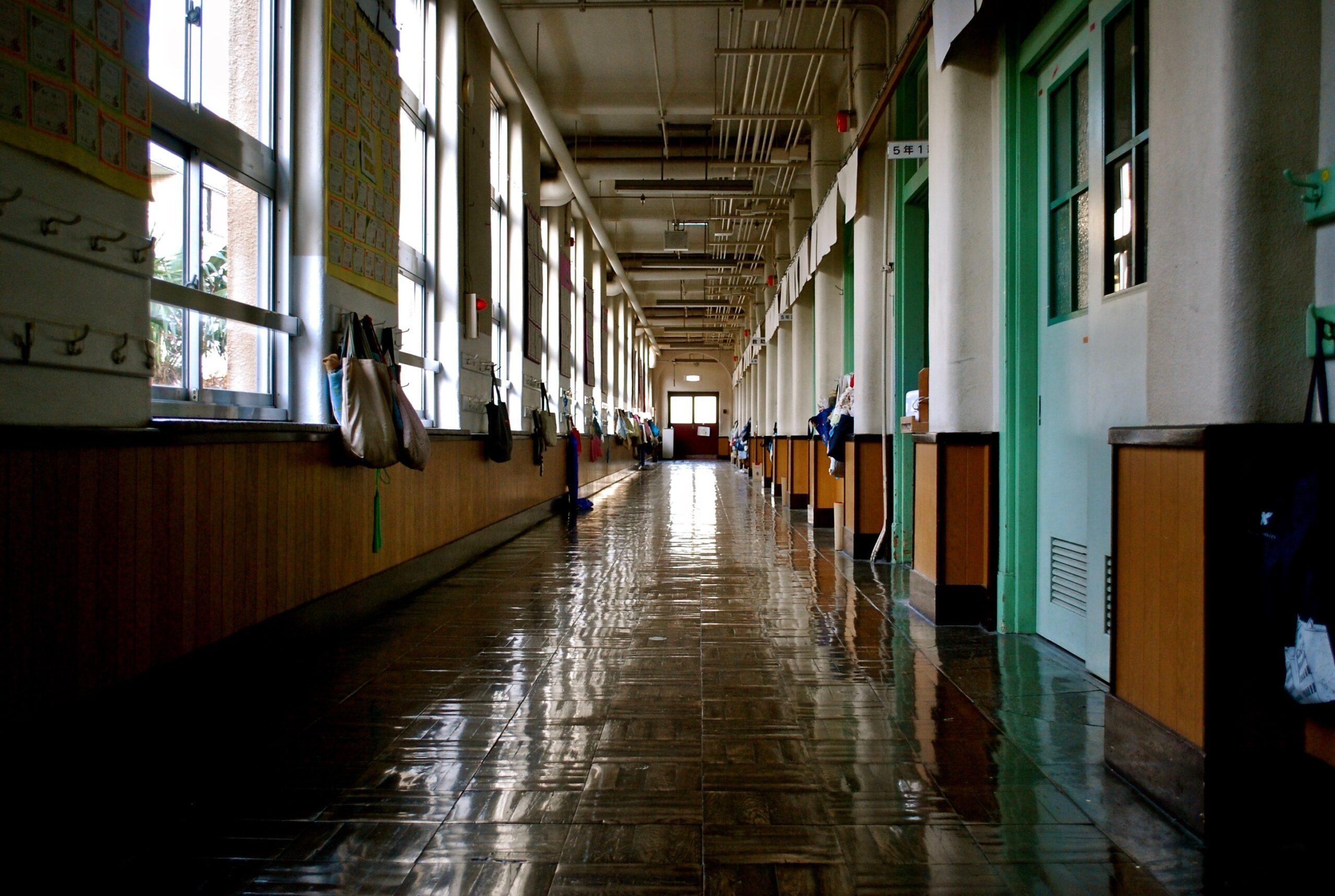For 20 years, the Harlem Educational Activities Fund (HEAF) has served as a link between the most promising students in Harlem and Washington Heights and the most rigorous high schools in New York City. HEAF identifies proficient students early in middle school and has developed a full portfolio of programs that effectively capitalize on students’ strengths.
What started out as a mentoring and test-prep program for a small cadre of Harlem public school students has evolved into a nationally recognized college access and completion program that serves more than 425 students annually. Listening to Sean, one of HEAF’s first students, talk about his journey from Harlem to Yale Medical School and onto becoming a community change agent and pediatrician is what makes this work so rewarding. The HEAF model focuses on students’ assets and uses their strengths and interests as a springboard to higher achievement. By taking remediation out of the equation for students already performing on grade level and working vigorously to expand their academic skills, self-confidence and leadership abilities, HEAF provides a vehicle for students to change their lives.
With high school graduation rates of HEAF participates holding steady at 100 percent and college completion rates at 95 percent, we know the HEAF model is having a tremendous impact on the surrounding community. HEAF does not ask participants, “Do you want to go to college?” HEAF asks participants, “What college do you want to go to?” Because we treat college as inevitable for our young people, their expectations of themselves and their peers are raised considerably.
A few key approaches have enabled HEAF to establish such a remarkable record of success.
First, even when students are struggling, HEAF determines what appeals to kids and finds ways to let their interests drive curriculum. For the last two summers, HEAF has offered coursework in Japanese and Chinese because students expressed their interest in learning the foreign languages.
Second, HEAF explores innovative instructional technologies to keep students engaged in learning over time. That means adults must find curricular frameworks that suit the needs of their students rather than seek to have students adapt to frameworks that do not match their learning styles. At HEAF, we constantly encourage our teachers to find interactive, out-of-the-classroom strategies to challenge and engage kids.
Third, we listen to young people. One of the key factors preventing students from connecting to their schools is how many traditional institutions neglect to engage young people as partners in teaching and learning.
Fourth, HEAF is adaptable. There is nothing more disheartening than seeing schools and afterschool programs persist with approaches that are not generating desired results. If it does not work at HEAF, we assess, reframe and regroup. If it does not work for students, it does not work. As a learning organization, we reward team members for risk-taking and innovation. That fundamental commitment to finding feasible solutions to challenges protects our program design from inertia.
Fifth, we know the community. HEAF has a stellar history of developing strategic partnerships with other community institutions that are mutually beneficial to our mission. Our understanding of neighborhood resources has provided our students with opportunities to learn classical violin, study the water quality of the Hudson River and catalogue the oral histories of seniors. We have always understood that even in the midst of economic and social challenges, there are community-based assets worth exploring.
Finally, and probably most importantly, we are open to changing people’s beliefs about students and their neighborhoods. Most students want to excel. HEAF students thrive on achievement because we place a high social value on excellence, and we frequently and publicly acknowledge our students for showing up academically and socially.
HEAF students are not the only ones benefitting from our programs. Our work results in a local cohort of youth leaders who continually work to add value to their schools and communities. The support we provide involving high school and college admissions lessens burdens on overwhelmed school counselors. Our partnerships and volunteer programs bring diverse people from all over the city together with a single social purpose. Our service learning programs provide a direct vehicle for young people to give back in significant ways to local, national and international communities. For example, the doors we open for students led Gloria to work as a mathematics teacher in New York City public schools, Jazmin to work as a project manager for FEMA and Sean to work as a doctor in a low-income neighborhood where excellent care is hard to obtain.


